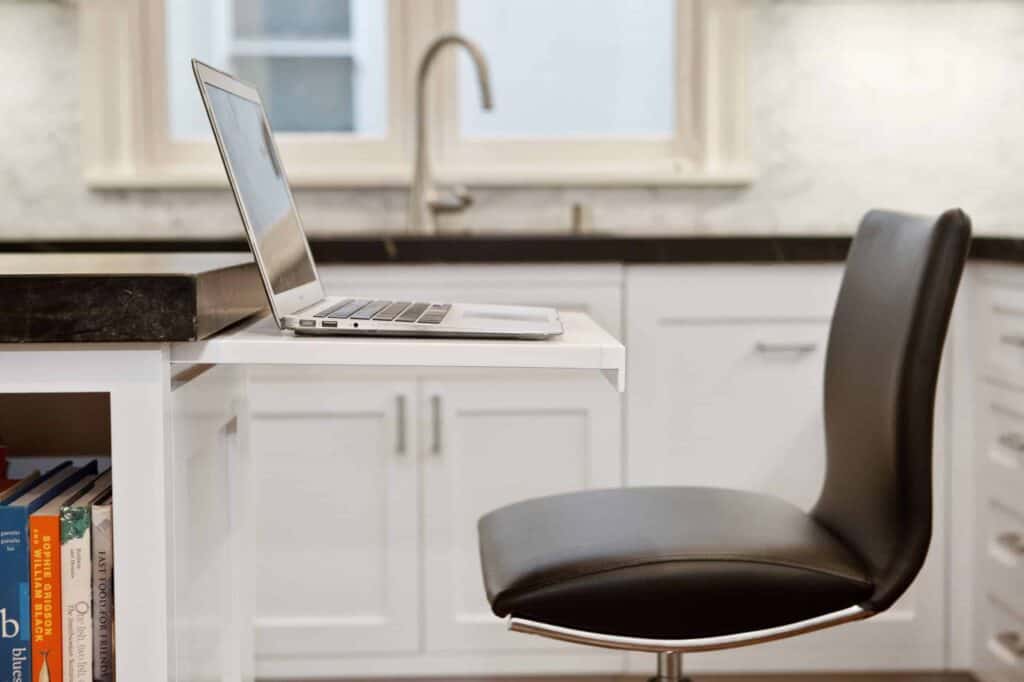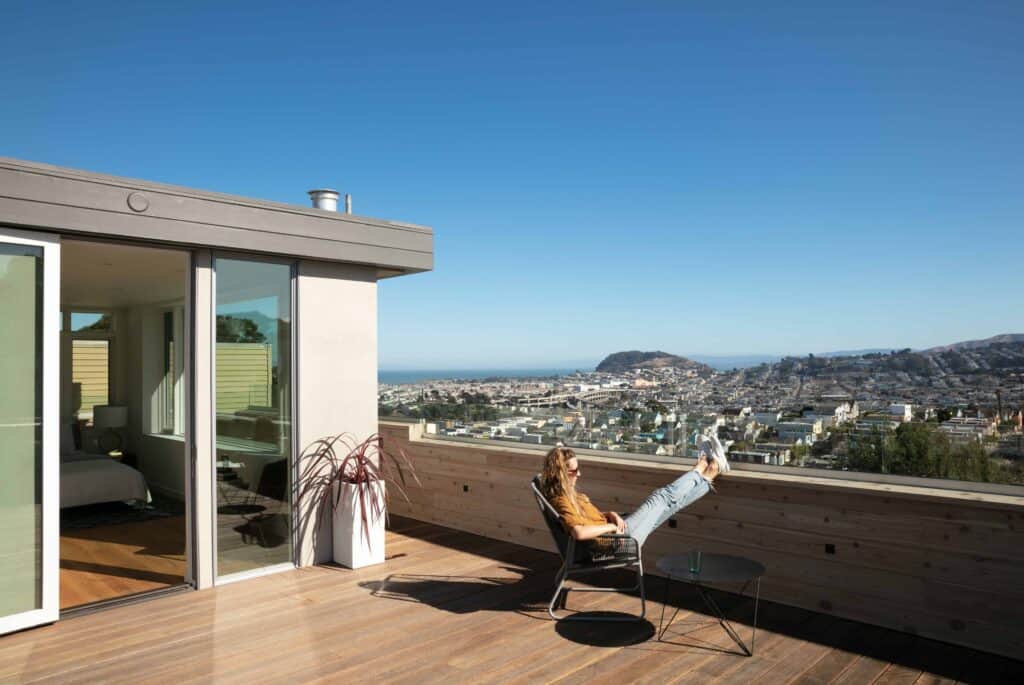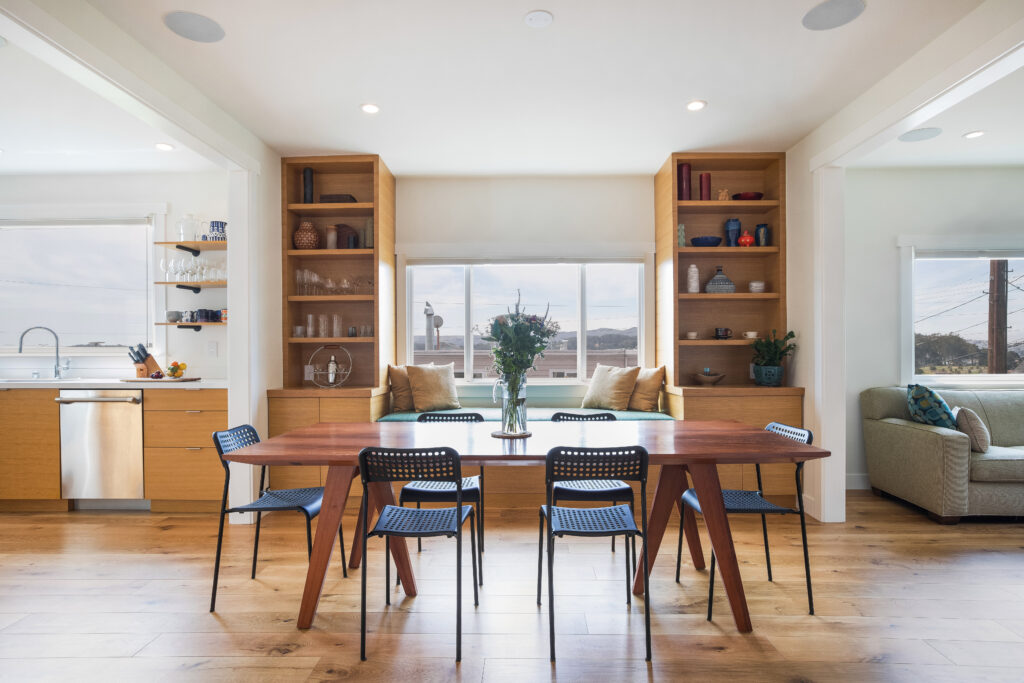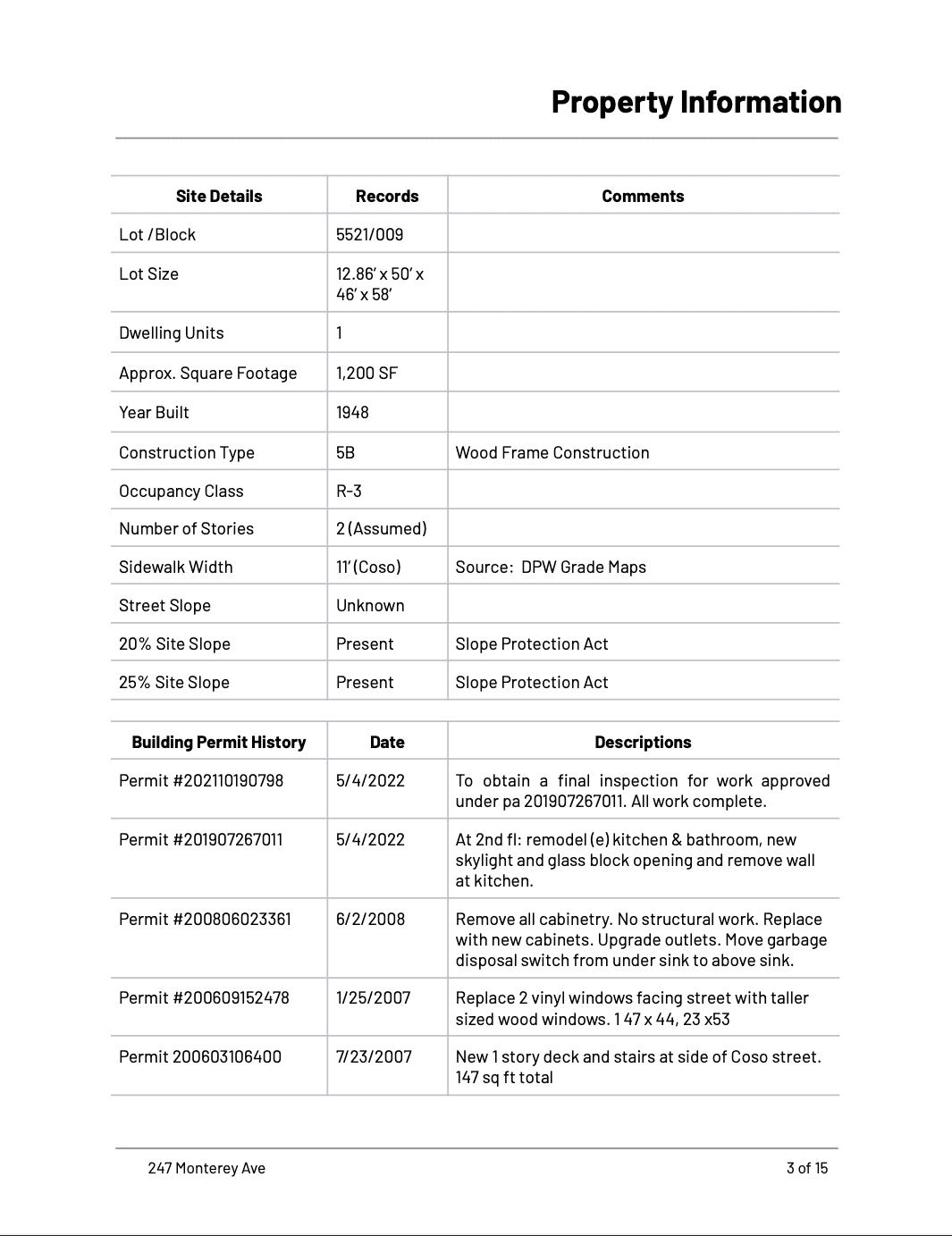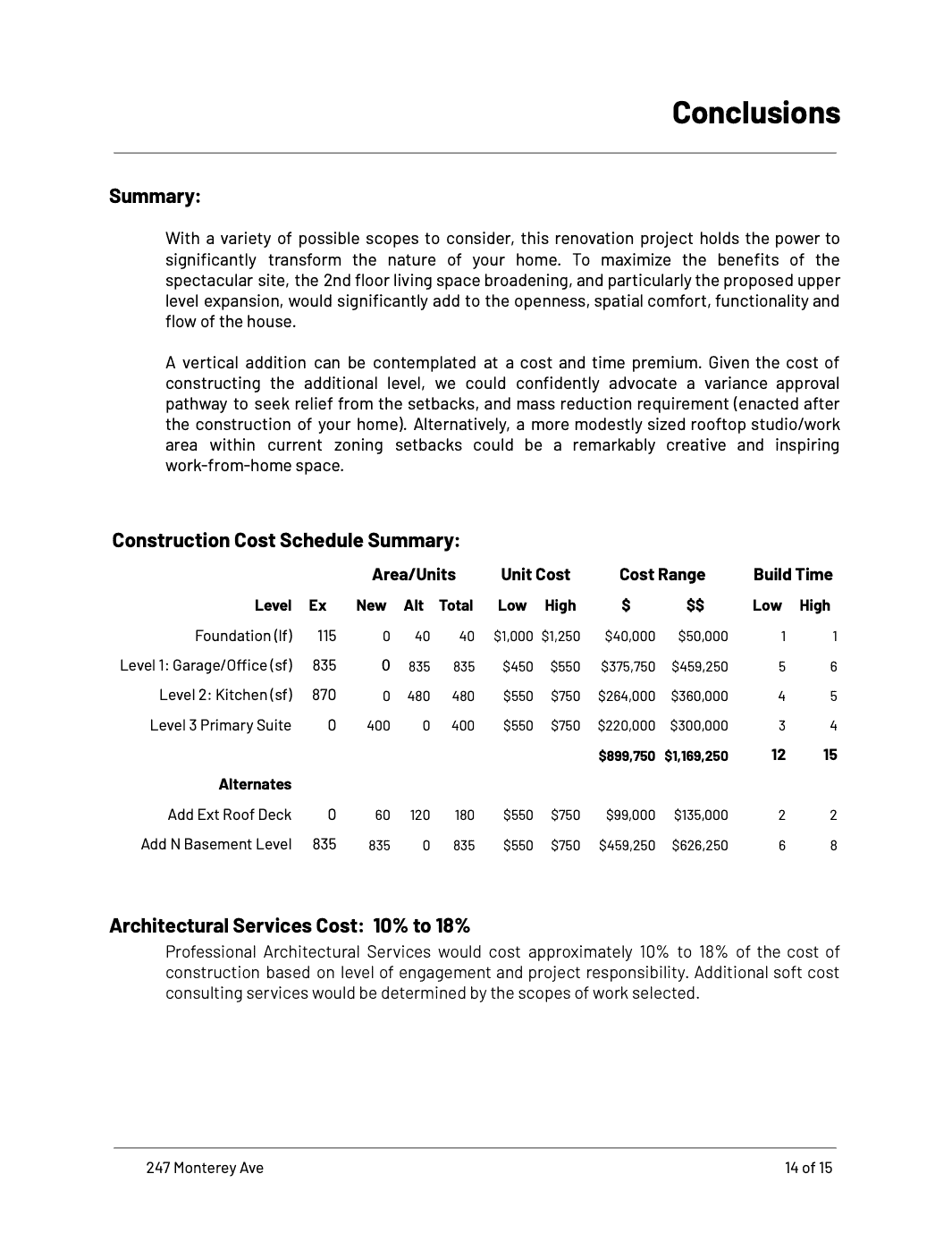Next Residential Irrigation Management
You are here:
Home → Sustainability → Green vs. Sustainable Building
Green vs. Sustainable Building
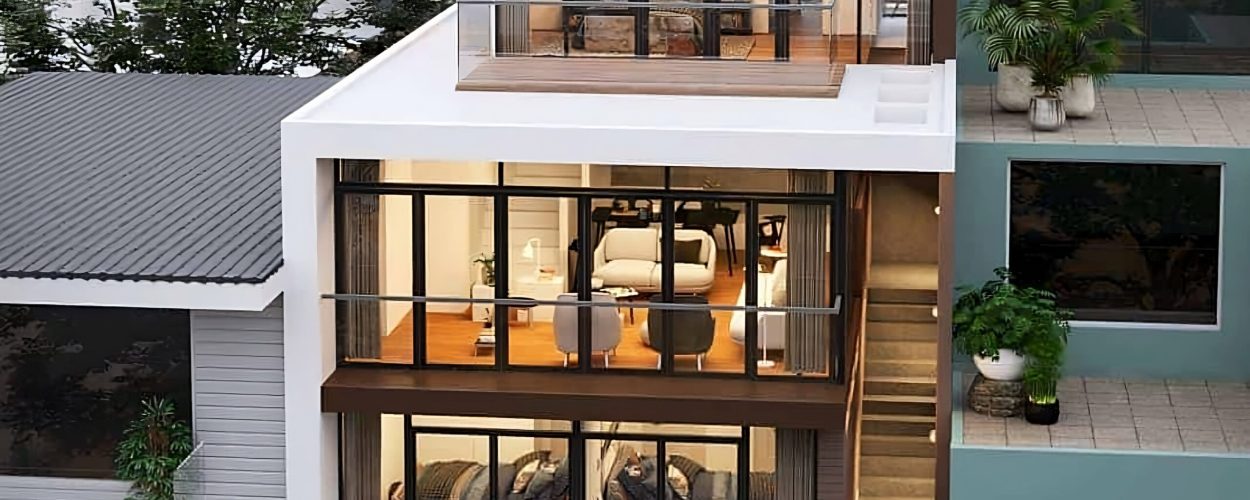
As a small business owner in San Francisco that specializes in remodeling the time for shrugging off the importance of green building is over. My east coast roots and years spent building there had, in the past, left me with a bad taste in my mouth regarding the concept of so called green building and, to some extent, rightfully so.
Green building products
We, as builders (notoriously a stubborn breed), have been hit over the head with so called green building products that are not so lush. Bamboo, for example, regenerates very quickly and makes a great material for flooring and cabinetry but mostly comes to us by way of ocean freighter from China. So, while the plant itself holds great possibilities as a green building material, the practice of delivering it is not “green” at all. Beyond deciphering what products are environmentally friendly and what potentially cause more harm than good, lies what I believe to be the biggest limiting factor…cost. We would all love to have hot water that is preheated geothermally and a check from the electric company every month for selling back surplus electricity from our solar panels but until only recently these technologies have been cost prohibitive.
Conscious about replacing old materials
I believe that as builders one of our biggest responsibilities is to make sense of what is truly sustainable and what is simply mislabeled “green”. Remodelling, by nature, is not a green practice. We are replacing old with new and inevitably creating waste but I think if we are conscious about replacing old materials and fixtures with new ones that are sustainable and efficient, we are making positive changes not only in our homes but in the way that we think about using materials and energy. I think we also have to remember that we don’t need to go far to find truly sustainable practices and materials. In fact, the closer we look the better. Local craftsmen using locally and readily available materials create sustainable practices.

